Samsung Droid Charge Review - Droid Goes LTE
by Brian Klug on June 22, 2011 7:47 AM EST- Posted in
- Smartphones
- Samsung
- LTE
- 4G
- Droid Charge
- Mobile
Cellular and 4G LTE
We’ve now talked about the cellular architecture of the HTC Thunderbolt and LG Revolution, it’s now the Droid Charge’s turn. The Thunderbolt has the privilege of being the sole 4G LTE smartphone capable of doing simultaneous voice and data on both 3G EVDO and 4G LTE. The LG Revolution and Droid Charge can both transact voice and data at the same time only when connected to 4G LTE.
The Charge does this with a very interesting combination of two basebands. 4G LTE connectivity is accomplished with Samsung’s very own CMC220 baseband, which is a category 3 device (same as Qualcomm’s MDM9600, and LG’s L2000) - 50 Mbps / 100 Mbps for upstream and downstream respectively on 20 MHz channels.
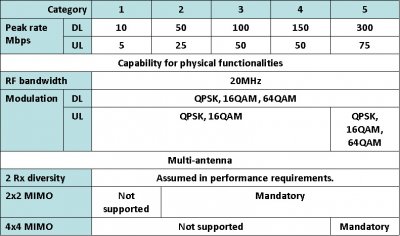
Like all the other devices, the Charge uses Verizon’s 4G LTE network on its 700 MHz spectrum, in LTE Band 13. We’ve talked extensively about Verizon’s 4G LTE network architecture in an exploratory piece already, but for a quick refresher Verizon currently is using 10 MHz channels with FDD, and has a total of 22 MHz of bandwidth. Even in markets where Verizon has licenses for additional spectrum, currently only upper C is being used. This is my first time seeing Samsung’s CMC220 on Verizon.
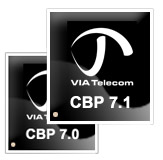
What’s particularly curious about the Charge is that there’s no Qualcomm baseband for CDMA2000. Both 1x and EVDO are handled by VIA Telecom’s CPB7.1 baseband. This is very interesting, as it’s the first time in a long while I’ve seen something other than Qualcomm used for a CDMA2000 baseband inside the United States, though in China Via Telecom is apparently a major player. For comparison, the Samsung Fascinate used Qualcomm’s QSC6085 baseband. This combination of things makes the Charge one interesting and unique device from a cellular perspective.
We don’t have to disassemble anything either, as the FCC has some nice shots of the Charge’s main PCB showing both basebands sitting pretty next to Hummingbird and its PoP LPDDR2. Center bottom is the VIA Telecom 7.1 (you can even make out VIA), and above it is the Samsung CMC220.
Before we get to performance, let’s also go over what the Charge exposes for controlling these two radios. Inside Wireless & Network and Mobile Networks is a system selection toggle. Tap this and you can change from “LTE automatic” to “CDMA mode.” The former lets the Charge hand up to LTE whenever it is available, the latter forces the Charge to only use EVDO and 1x data. If you’re in an LTE market and want to save some power, this is handy. However, there’s no ‘LTE only’ mode that would force the Charge to hang onto LTE a bit longer, although its behavior wouldn’t offer any power savings.
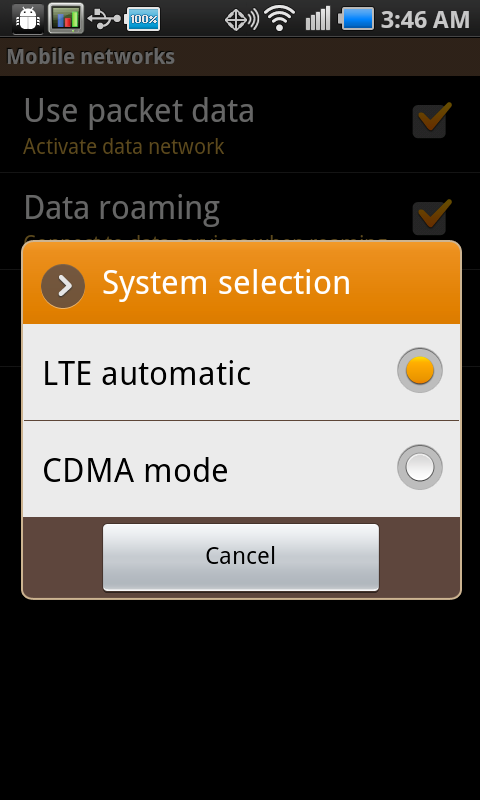
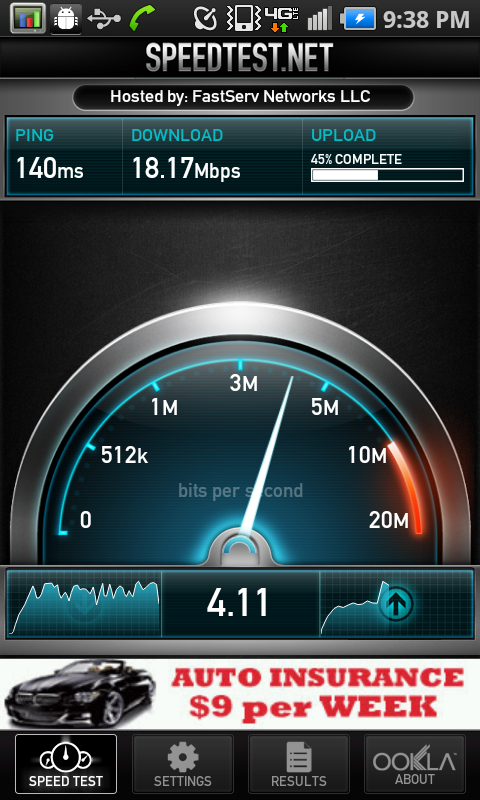
I was very impressed with the way the Charge hands over from EVDO to LTE most of the time, and never found myself want for more low-level control. In this regard, Samsung has done a nice job keeping data sessions working across the two basebands. My only complaint is that every once in a while, the LTE data session sometimes stalls briefly – sometimes for a a few seconds, other times for a few minutes. When that happens, you’ll see the uplink green arrow blink, but no orange downlink arrow. Rebooting the device fixes things.
I seem to have developed the bad habit of taking so long with devices that they see their first firmware update and fixes. Then issues that I’ve identified in the launch software are addressed, and I have to go re-test everything to find what new issues have appeared in their stead. The Charge received its first major update last week, which both fixed the broken WiFi hotspot functionality (which previously stopped working exactly when May ended), and also changed the Charge’s bars to closely mimic those of Android 2.3.
The update purports to improve handover between 3G EVDO and 4G LTE, improve call time battery life, improve call quality, enhance browser performance, and also improve GPS fix times among other things. I honestly couldn’t detect a measurable improvement in handover (the stall issue I mentioned still persists), and as I’ll show later call time battery life is better by a very small margin. I’ll talk more about the other changes in their respective sections.
One subtle difference I noticed is that I can’t update the PRL on the Droid Charge the same way I could on the Thunderbolt. Dialing *228 to do an over the air PRL download yields the following:
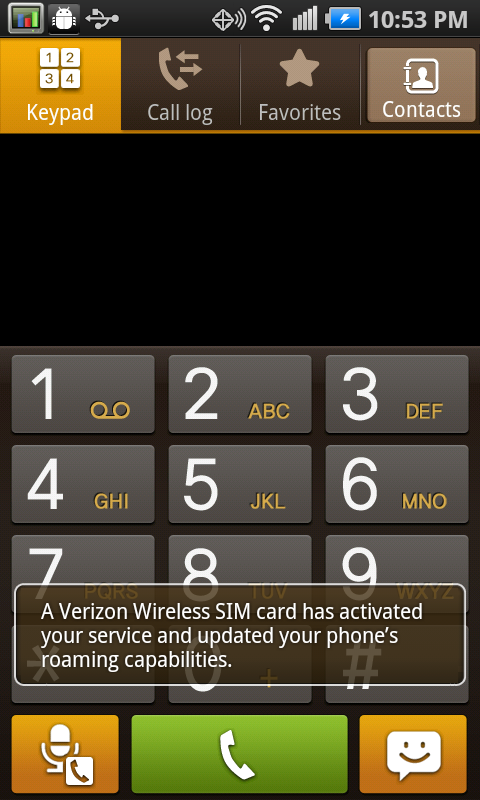
It appears that we now have confirmation that both LTE and CDMA are using the USIM/CSIM in the device for both their roaming capabilities and cellular identities. I asked Vivek to do the same on his LG Revolution evaluation unit and he saw the same behavior. Back with the Thunderbolt, the OTA download would appear to complete happily just like any other CDMA handset. Regardless, in theory, you should now be able to swap SIMs (and thus your number, account, and service) between at least three handsets on Verizon – wow, that’s one sentence I wouldn’t have ever believed I’d write a year ago.


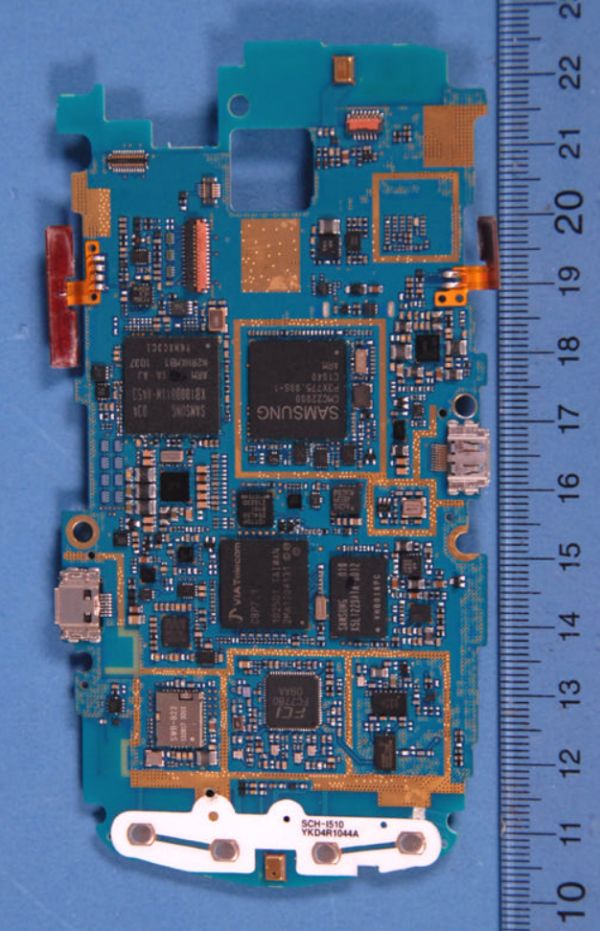








61 Comments
View All Comments
name99 - Wednesday, June 22, 2011 - link
"Now, it's come time for me to move on. To what? The iPhone is out, since I'm not an asshole."Absolutely. This line totally proves it.
JasonInofuentes - Friday, June 24, 2011 - link
I don't think I've ever read such a pessimistic comment! I'm puzzled since you sound like an enthusiast, but I think I know where the problem lies.My wife loves going shopping but hates shopping. She likes new things and enjoys the excitement that comes from knowing that you're going to go get it. But she hates that you have to distill from the myriad of options the one item that will make her happiest. The end result is that she inevitably buys several options and then returns them after closer inspection.
You shouldn't sound pessimistic you should be thrilled. When you invested in your Pearl the number of smartphone models per carrier numbered in the single digits. Now you have some 30 or so devices to choose from and 5 platforms, and all on one carrier (VZW)! So here's my advice to you. Go buy one. Is it going to be the right one? I don't know. But if you feel like the options are going to be better in a few months then wait. And then buy one.
Say you get the GS2 variant. And it sucks. Carriers want you to be happy and not leave. So with their 30 day guarantee in mind they will likely let you trade for a different phone so long as you didn't break the first one. Try, rinse, repeat.
I'm not saying this to be discouraging. I love that you're so passionate about this that you can end up having a rant about it. But trust me, this is an awesome and enviable position to be in. You ahve ltos of options. And lots of them are great options. Can you go wrong? Yep. But don't let your preconceptions about the users of a particular platform (::ahem:: iOS) cloud your choice. And don't let FUD rule your choice either, Brian's graphs clearly show that on LTE and WiFi the Thunderbolt and Charge have comparable battery life and that the Thunderbolt trumps the Charge by some margin in talk time.
Lastly, if the Pearl was great for you for three years, why are you going to upgrade? I'm serious. What is the missing feature that you think you need this phone to fill? Seriously, write it down, and don't make it too generic. Is it video? Flash? A particular type of app (career or hobby related)? Music? Better browsing experience? Write that feature down and then look at your choices with that in mind. It could turn out that a suitable phone is already in the bargain bin.
Either way, enjoy the hunt and let us know what you turn up.
Jason
gungan310 - Wednesday, June 22, 2011 - link
Its actually 12 mm thick, and so just about 1 mm thinner than the thunderbolt and revolution, not 6mm as you've stated.Brian Klug - Wednesday, June 22, 2011 - link
Should be fixed now, thanks!-Brian
FATCamaro - Wednesday, June 22, 2011 - link
So ridiculous. Should be an iphone5 killer tho right. LULZ!gshayban - Wednesday, June 22, 2011 - link
Can't really dock the phone for not having SVDO.LTE gives you simultaneous data and a phone call.
scook9 - Wednesday, June 22, 2011 - link
Except that there is 3G in a lot more places then there is 4g right now making that a gimmick at bestThat is one of the key reasons I got a ThunderBolt and not the other 2
vision33r - Wednesday, June 22, 2011 - link
All GSM devices on Tmobile/AT&T gives you data/voice at the same time. It's only stupid CDMA devices that can't support it.robco - Wednesday, June 22, 2011 - link
Stupid CDMA devices that, depending on where you live, will actually let you make phone calls. AT&T has a fast network - when you can get it. For those of us who live in areas with poor AT&T and TMo reception, there aren't any other options at the moment.Omega215D - Wednesday, June 22, 2011 - link
CDMA is still inherently better than GSM as it depends on code division rather than time division of GSM. This means more streams per spectrum which means less towers need to be built as each tower can accommodate more users. This is why 450MHz CDMA is popular in small less developed countries.GSM is just Europe having its way as many asian countries have embraced CDMA for the longest.
Stop being an asshole and do some research instead of following the shitfaced sheep. You wanna troll go troll somewhere else fag. I saw your previous comment about people who use android flip phones every 6 months.